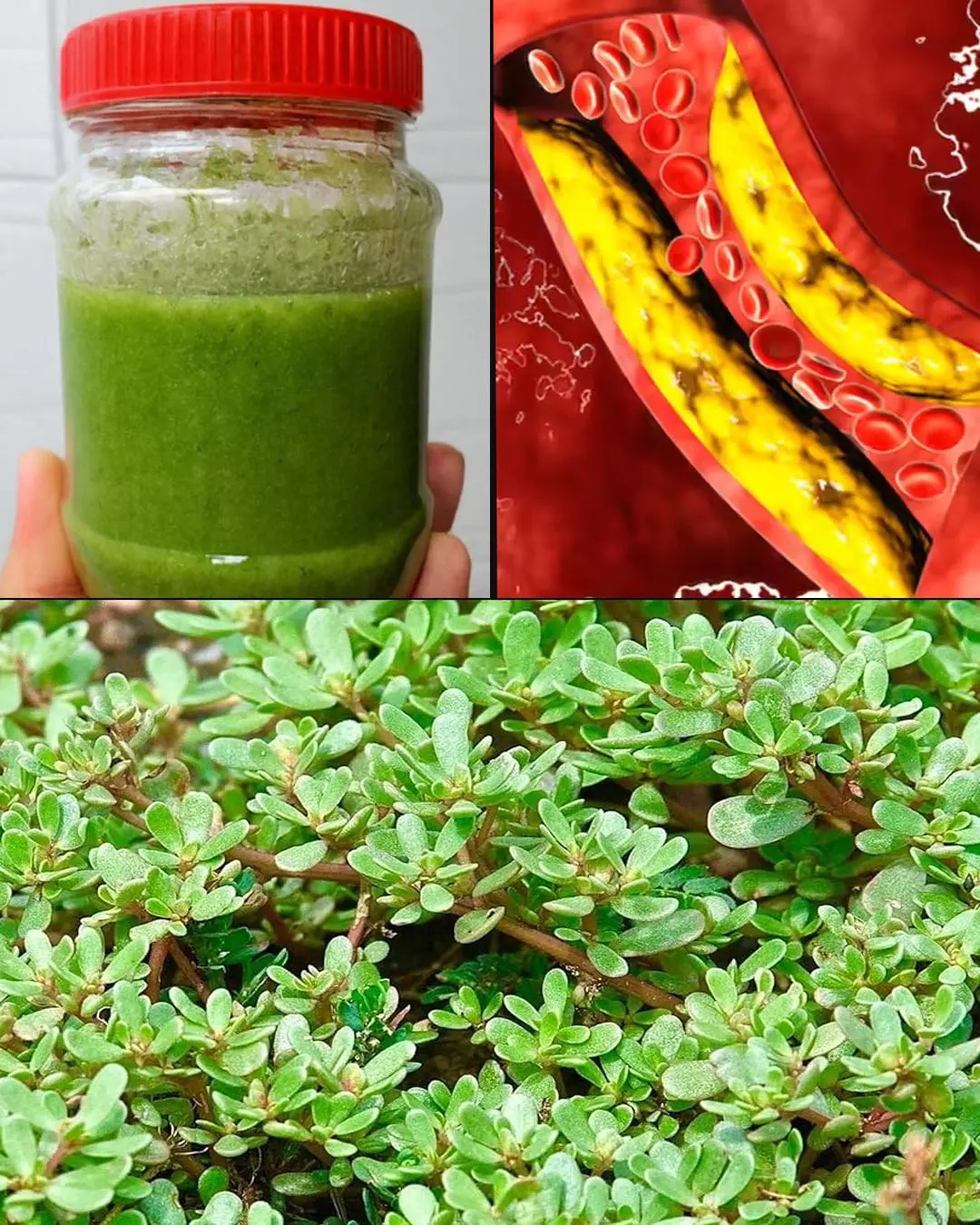
A 3-Year-Old Boy Got Super Glue in His Eye — His Mother’s “Golden 30 Seconds” Saved His Sight
It was an ordinary afternoon until a small accident turned into a terrifying emergency.
A mother was using super glue (502 adhesive) to repair a broken decoration while her three-year-old son played nearby. She left the glue bottle open for just a moment — and that was all it took.
The boy accidentally stepped on the bottle, sending glue splattering upward. A few drops landed directly in his right eye. He screamed in pain and instinctively tried to rub it.
But in those crucial seconds, the mother acted fast. Instead of panicking, she stopped her son from rubbing his eye, told him to blink rapidly, and rushed to the kitchen. She turned on the warm water tap and gently rinsed his eye for several minutes before taking him straight to the hospital.
Doctors later confirmed that her quick thinking saved her child’s vision.
“If she had panicked or delayed rinsing, the glue could have hardened, tearing the cornea or gluing the eyelids shut,” said Dr. Tran Minh Duc, an ophthalmologist at Hanoi Eye Hospital (2024).
The child escaped with only mild irritation. Doctors prescribed saline eye drops and antibiotics to prevent infection — and praised the mother for her perfect first-aid response.
🧪 Why Super Glue (Cyanoacrylate) Is So Dangerous
Super glue, also known as ethyl α-cyanoacrylate, reacts instantly with moisture — including tears and eye tissue.
Once in contact with the eye, it can harden within seconds, gluing the eyelids or eyelashes together and potentially causing corneal burns.
Each year, dozens of such accidents are reported in Vietnam and worldwide — often involving children mistaking glue for eye drops or adults mishandling open bottles.
The American Academy of Ophthalmology (AAO, 2023) warns that chemical eye injuries can cause permanent damage in less than one minute if not treated correctly.
⚠️ Common Mistakes That Can Make Things Worse
-
Rubbing the eyes
This pushes the glue deeper into the tissues, increasing the risk of corneal injury. Instead, blink repeatedly to stimulate tear flow. -
Using cold water
Cyanoacrylate hardens faster at low temperatures. Always use lukewarm water, never cold. -
Trying to pull glued skin or eyelids apart
This can tear delicate eye tissue. Only medical professionals should separate bonded areas.
🕒 The “Golden 30 Seconds” Rule for Super Glue in the Eye
Doctors call the first half-minute after exposure the golden rescue window. Here’s what to do:
Step 1: Rinse Immediately with Warm Water
Hold the affected eye open under a gentle stream of lukewarm running water. Flush continuously for at least 15–20 minutes.
Warm water helps soften the glue and dilute chemicals, reducing the risk of corneal burns (Mayo Clinic, 2024).
If possible, use sterile saline solution — but tap water is far better than waiting.
Step 2: Gently Remove Residue
If small glue fragments remain on the lashes or eyelid edge, dip a clean cotton swab in sterile saline and carefully roll it over the affected area. Do not scrape or pull.
Step 3: Seek Emergency Care Immediately
Even if pain subsides, always visit a hospital or eye clinic. Doctors may prescribe antibiotic drops or lubricants to prevent infection and help recovery.
“Chemical exposure to the eye is always an emergency,” says Dr. Elaine Wu, ophthalmologist at Johns Hopkins Medicine (2023). “Even minimal exposure can lead to corneal ulcers or scarring if untreated.”
🧒 How the Mother’s Calm Saved Her Child
By keeping her composure, this mother followed three life-saving principles:
-
Prevented rubbing — avoided spreading the glue.
-
Used warm water quickly — stopped the glue from hardening.
-
Went straight to medical care — ensured no internal damage occurred.
As Vietnam National Eye Institute (2024) notes: “In chemical eye injuries, the difference between full recovery and blindness is often a matter of seconds.”
🧴 How to Remove Super Glue from Skin Safely
If glue gets on your fingers:
-
Soak the affected area in warm, soapy water for 10–15 minutes.
-
Once the glue softens, apply a cold compress — this causes the glue to lose its grip.
-
Gently peel or roll it off; never rip the skin apart.
-
Apply moisturizer or aloe gel afterward.
The British Association of Dermatologists (2022) recommends avoiding harsh solvents like acetone near children or sensitive skin.
🧠 Prevention Tips for Parents
-
Keep all glues, solvents, and cleaning chemicals out of children’s reach.
-
Store adhesives in locked cabinets or high shelves.
-
Never handle super glue near a child’s face or play area.
-
Educate older kids about the difference between glue and medicine bottles — especially eye drops.
The World Health Organization (WHO, 2023) lists household chemical exposure among the top five preventable causes of childhood injury.
💬 Final Takeaway
This mother’s quick, calm reaction in just 30 seconds prevented what could have been a lifetime of blindness. Her story is a reminder to all parents: accidents happen fast — but knowledge saves lives.
By learning basic first aid for eye injuries, every parent can be ready to act when every second counts.
News in the same category


‘This Is An Opportunity For You To Get Some Portal Film’ | Deion Sanders’ Ruthless Scrimmage Urging Bench Players To Transfer Angers Fans

Texas Cheerleader Jumps Off Homecoming Float To Save Choking Toddler

Meet Andrea Walls, the Artist Preserving Black Stories Through Photography

5 Tasty Eating Habits That Could Be Silent Cancer Risks for the Whole Family — Avoid Them Now
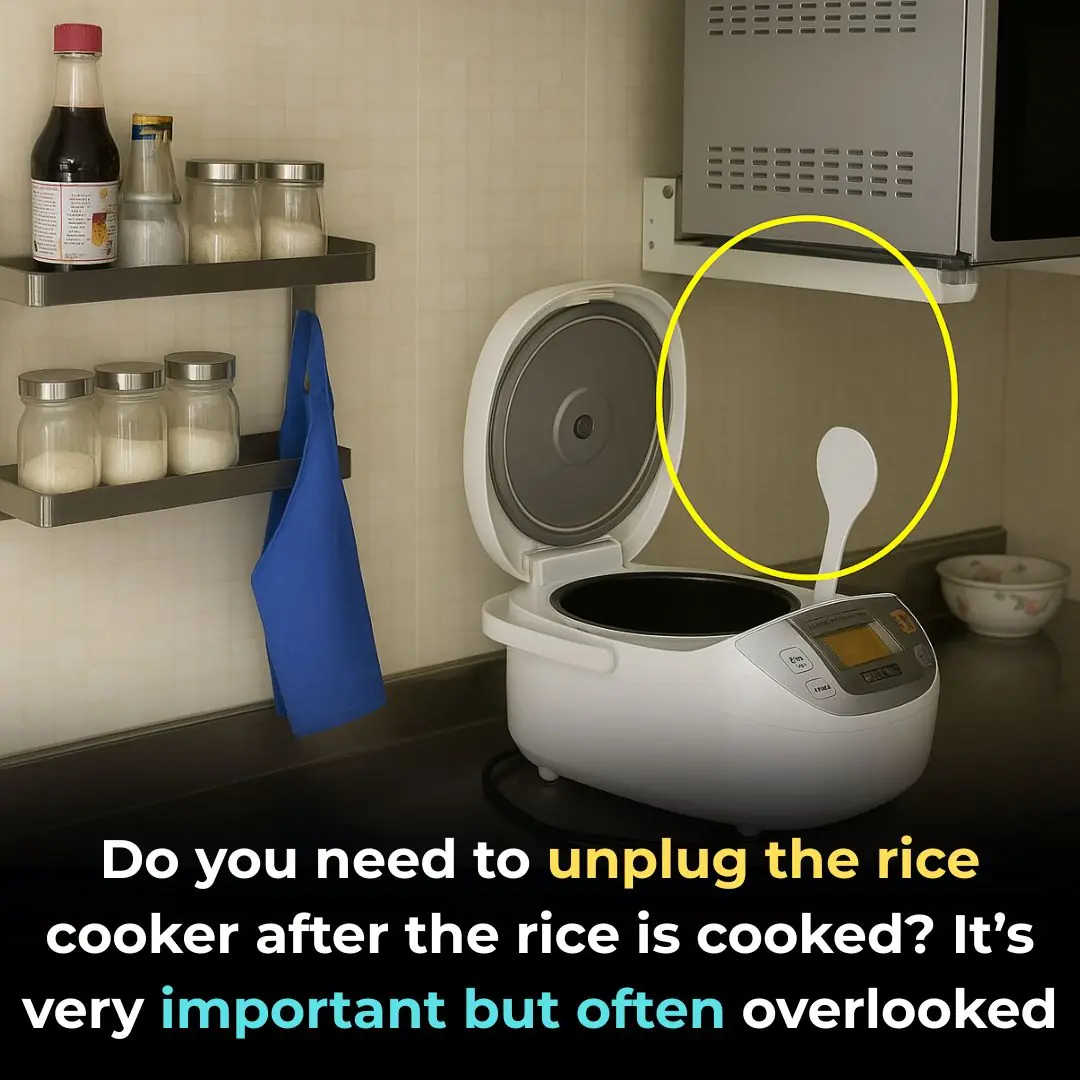
Do You Need to Unplug Your Rice Cooker After the Rice Is Done?

K Hospital Issues Warning: Daily Consumption of Processed Meats May Increase Cancer Risk – Don’t Ignore It!
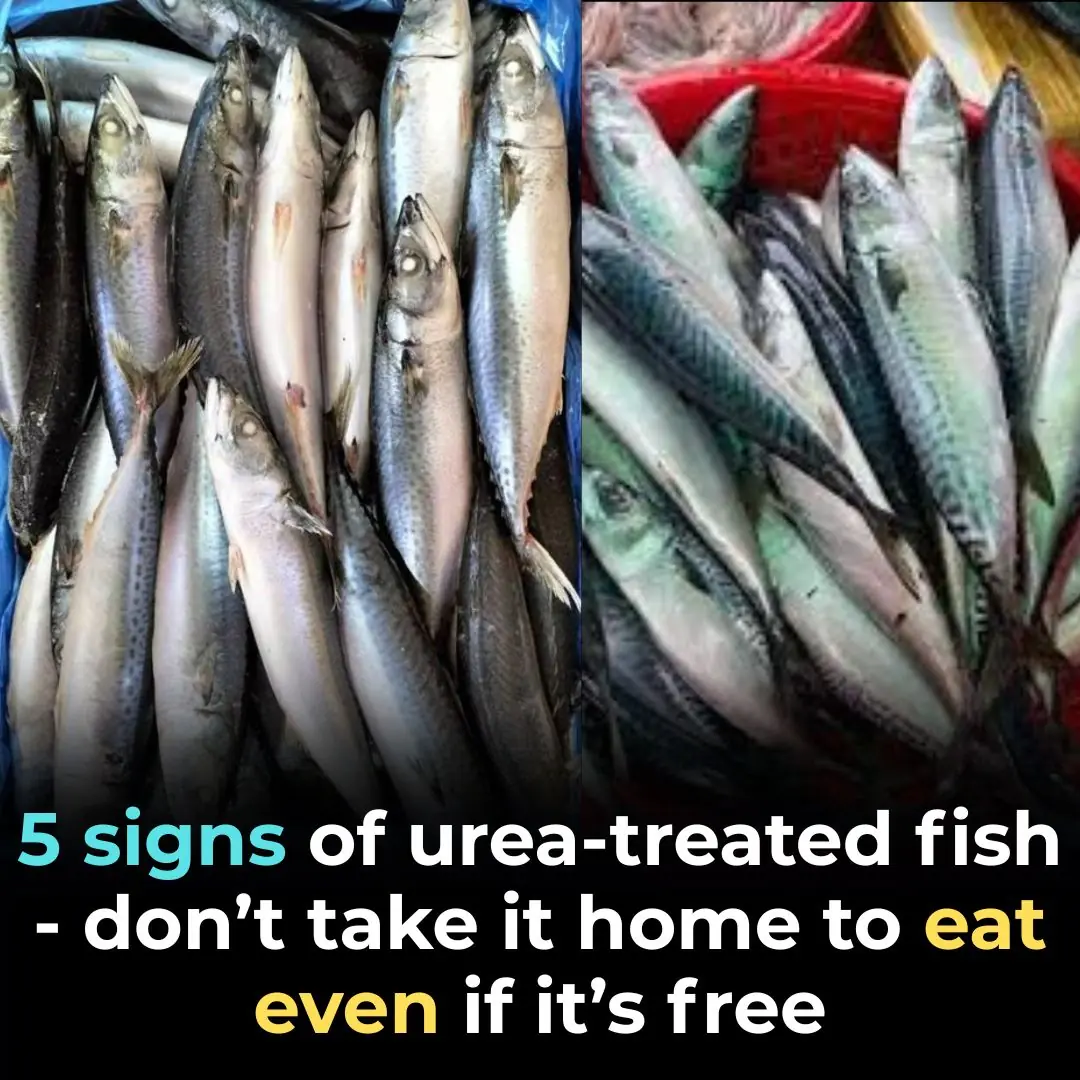
5 Warning Signs of Fish Preserved with Urea – Don’t Take It Home Even If It’s Free

Eating Chicken with Sticky Rice Is a Mistake: 5 Classic Food-Combining Errors That 9 out of 10 People Don’t Know

Three Optimal Times to Drink Perilla Leaf (Lá Tía Tô) Tea—And Most People Don’t Know Them

Single Dad Adopts 5 Siblings Under The Age Of Six So They Can Stay Together

21 Year Old Hotel Employee Who Managed 90 Guests Alone During Tropical Storm Is Gifted New Car

Texas Southern University Debate Team Wins 5th World Championship Title

Meet Faith Couch, the Photographer Transforming the Way We See Black Love

People mind-blown by futuristic 'doll house' neighborhood in China home to over 1,000 units
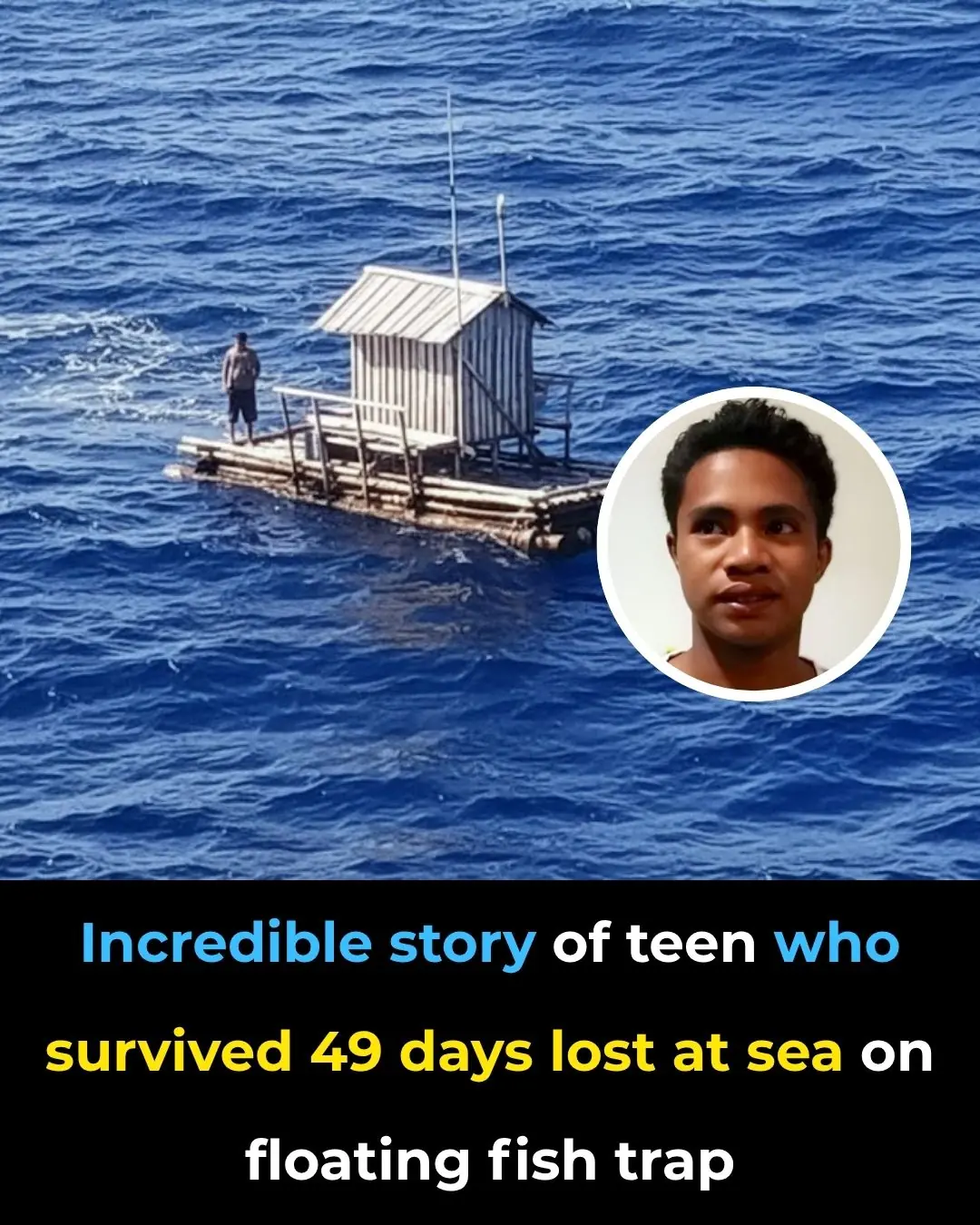
Incredible story of teen who survived 49 days lost at sea on floating fish trap
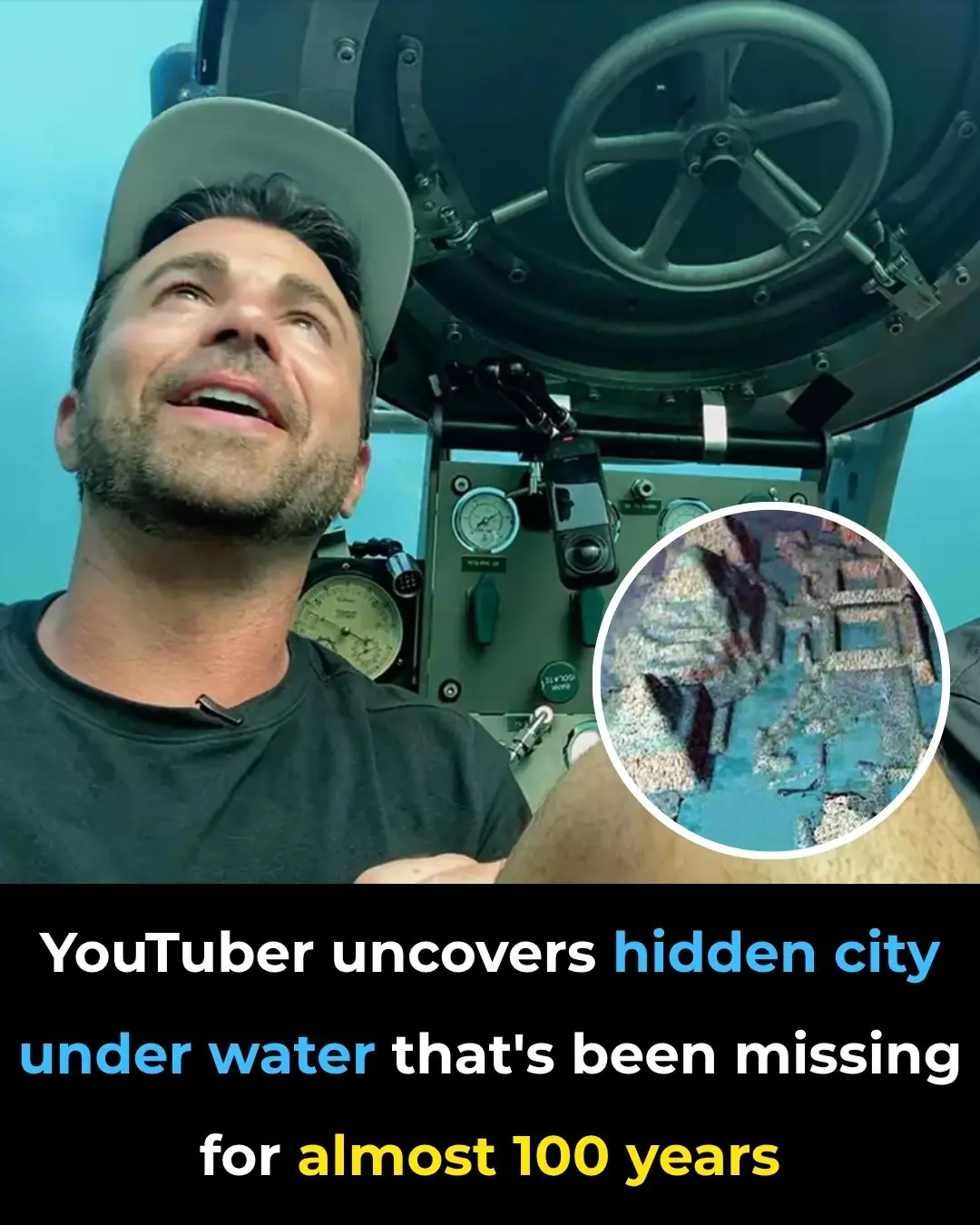
YouTuber uncovers hidden city under water that's been missing for almost 100 years

'Zombie' volcano believed to be extinct for 710,000 years now showing signs of life
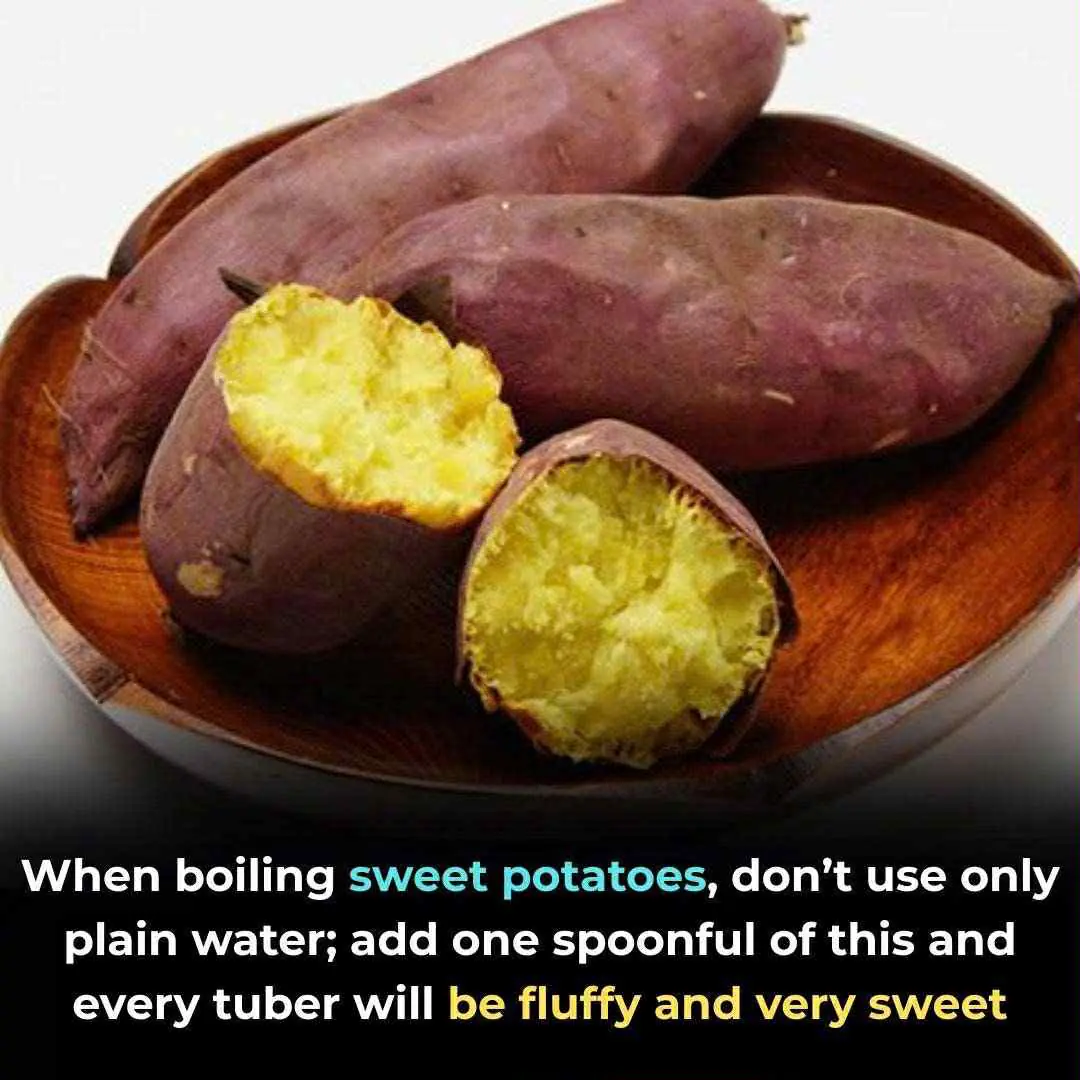
The Secret to Perfectly Sweet and Fluffy Boiled Sweet Potatoes: Add Just One Spoon of This!
News Post
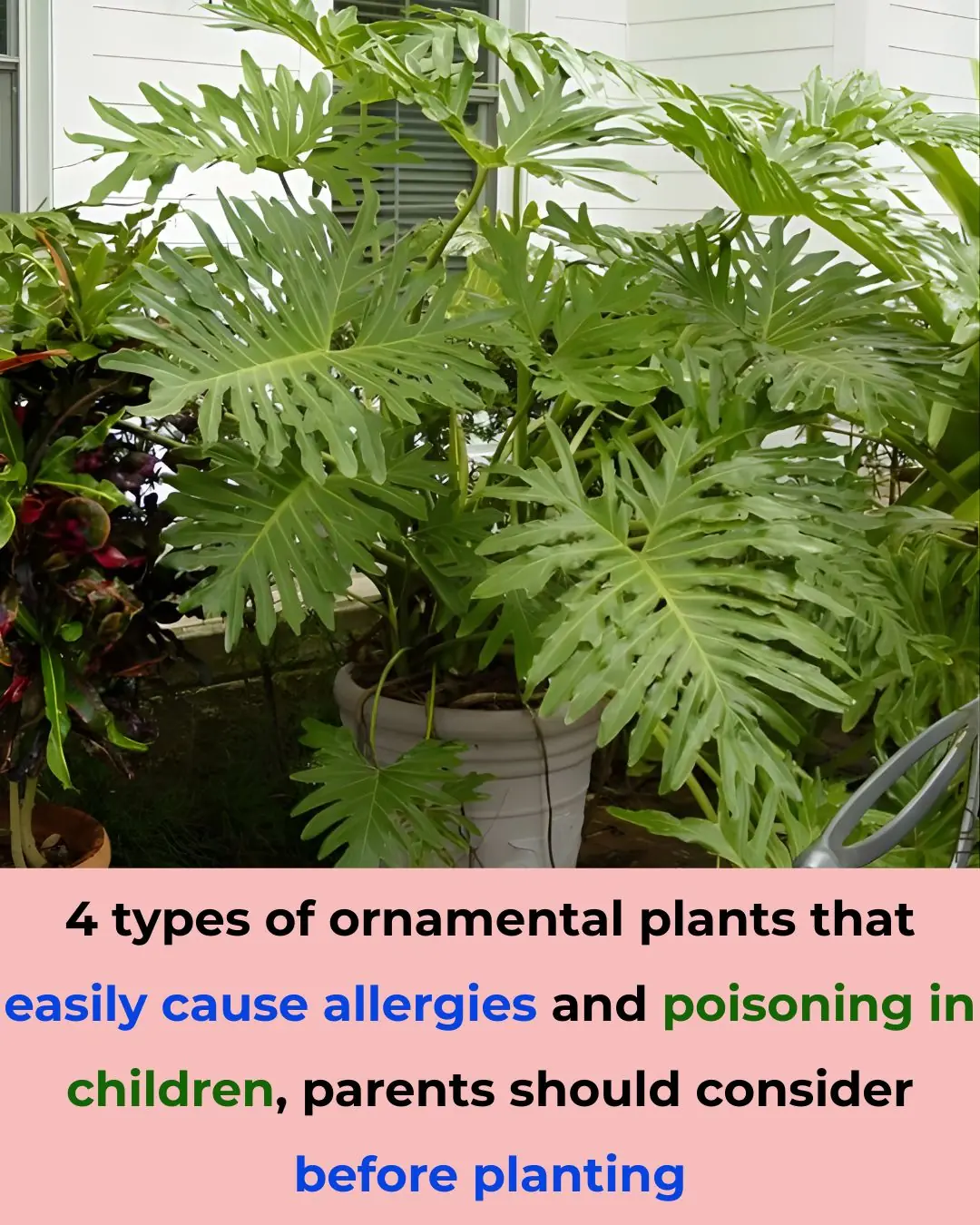
4 types of ornamental plants that easily cause allergies and poisoning in children, parents should consider before planting
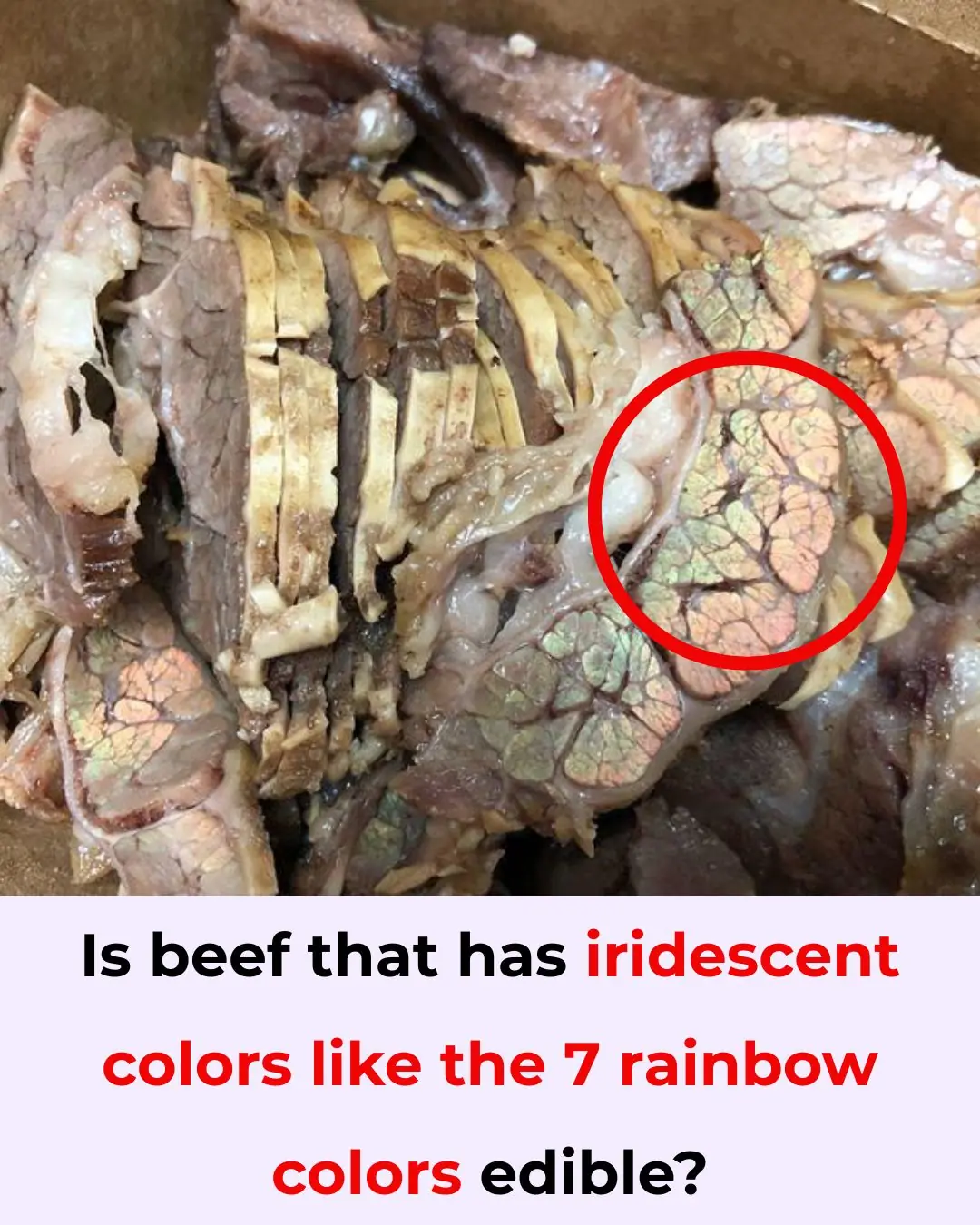
Is beef that has iridescent colors like the 7 rainbow colors edible?
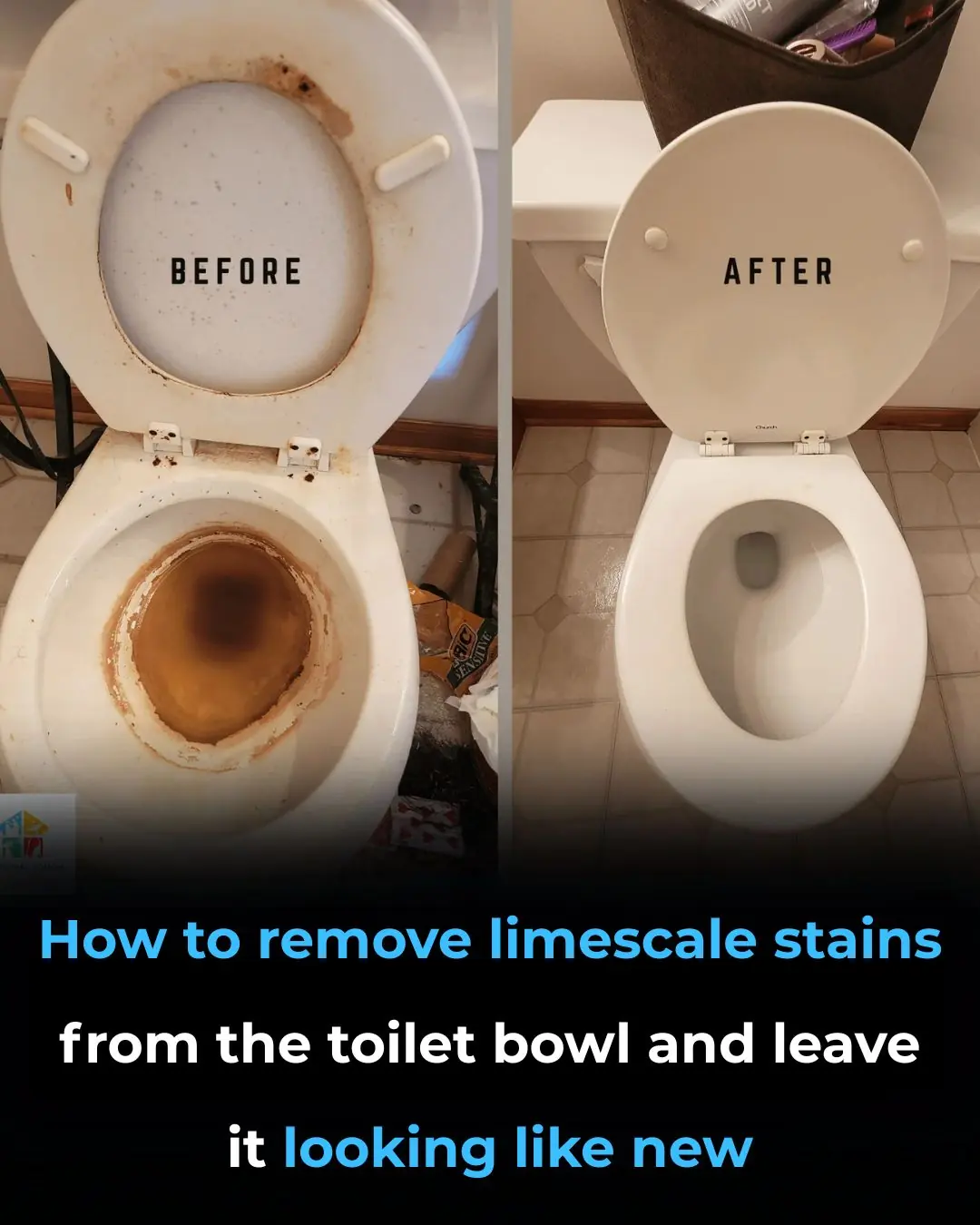
🚽 How to Remove Limescale Stains from Your Toilet Bowl — Naturally & Without Harsh Chemicals
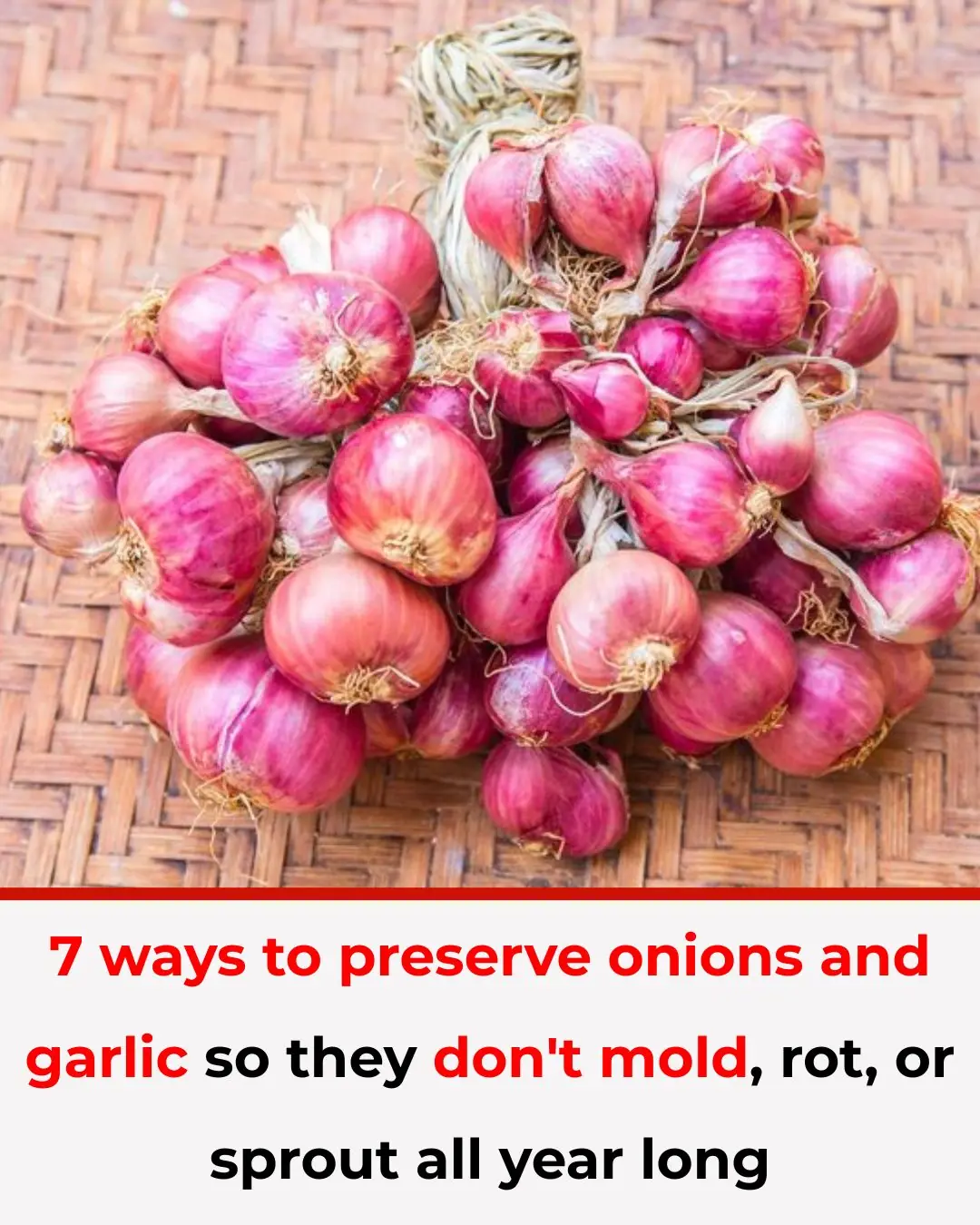
7 ways to preserve onions and garlic so they don't mold, rot, or sprout all year long
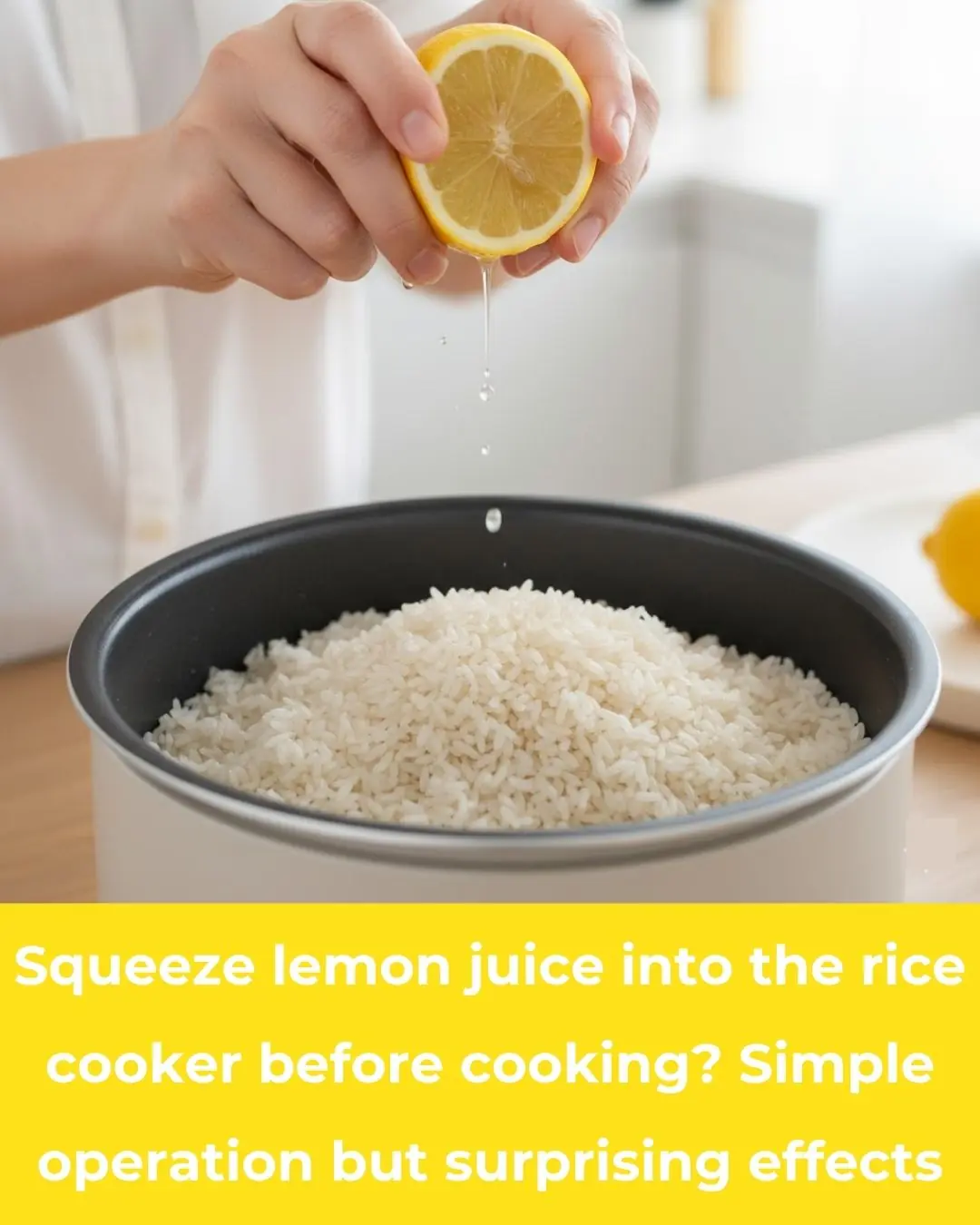
Squeeze lemon juice into the rice cooker before cooking? Simple operation but surprising effects
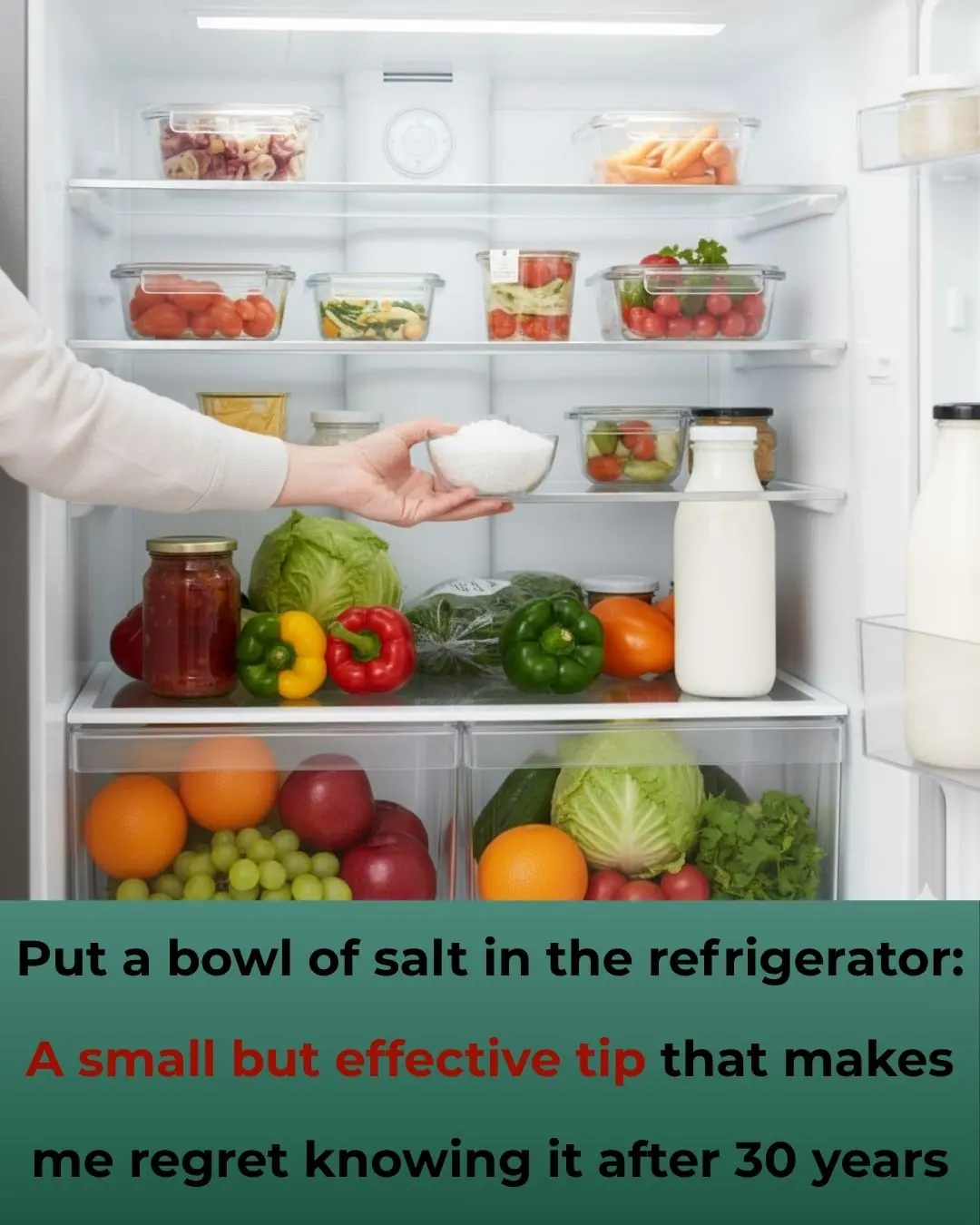
Put a bowl of salt in the refrigerator: A small but effective tip that makes me regret knowing it after 30 years

Most Attractive Hobby a Man Can Have According to Women
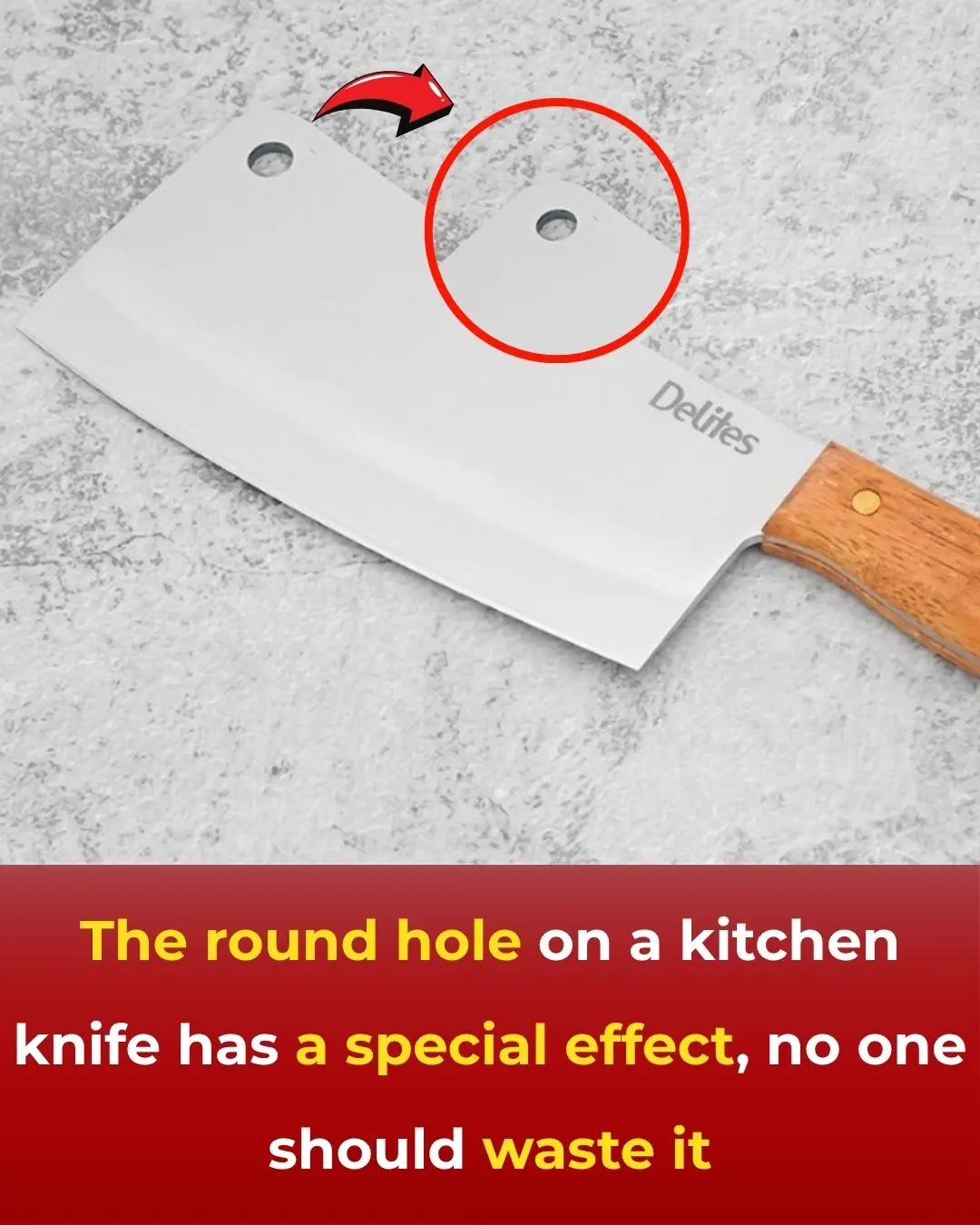
The Hidden Power of the Hole in Your Kitchen Knife — 7+ Surprising Uses You Probably Didn't Know
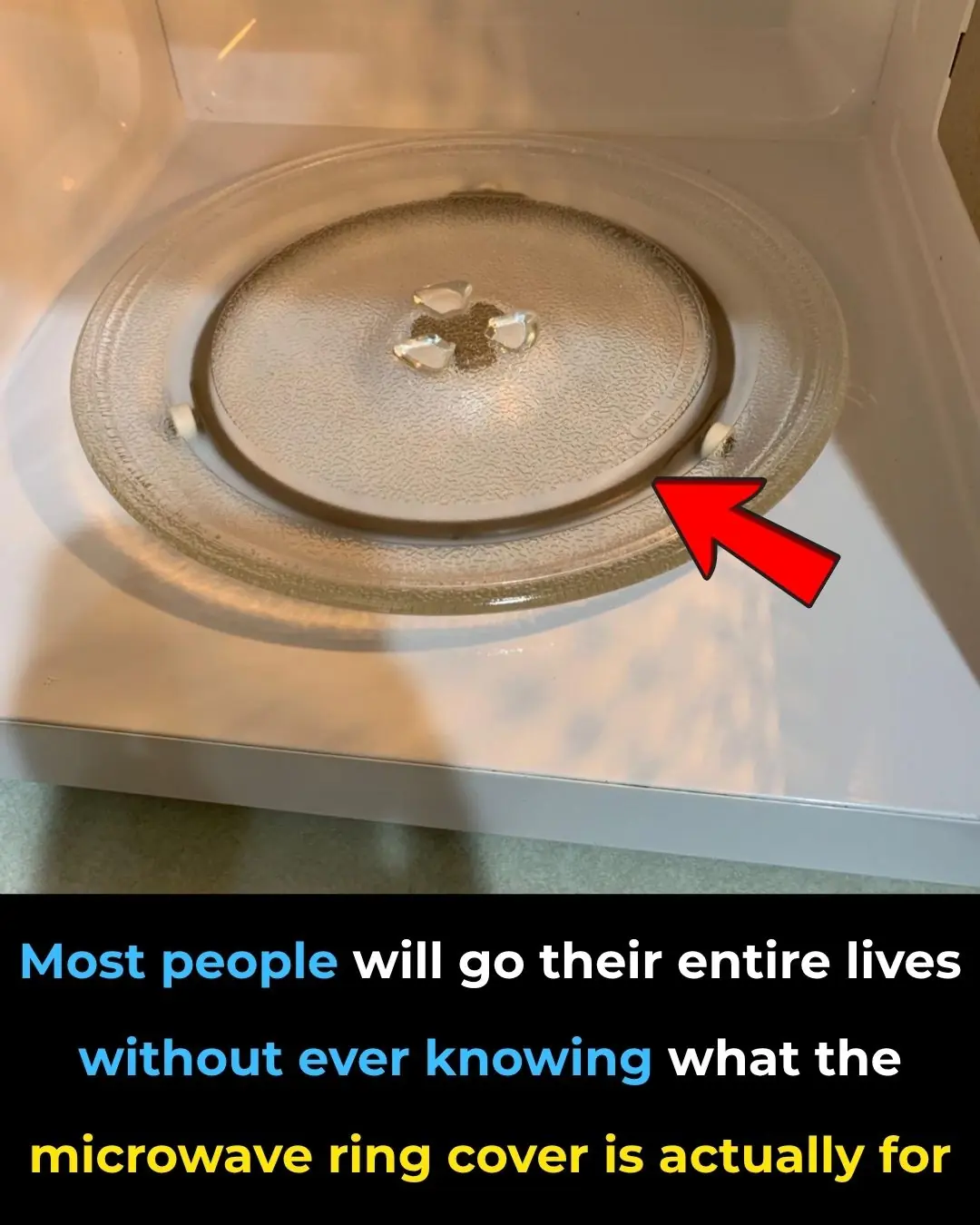
Most people will go their entire lives without ever knowing what the microwave ring cover is actually for

10 Morning Habits That Are Surprisingly Harmful to Your Health
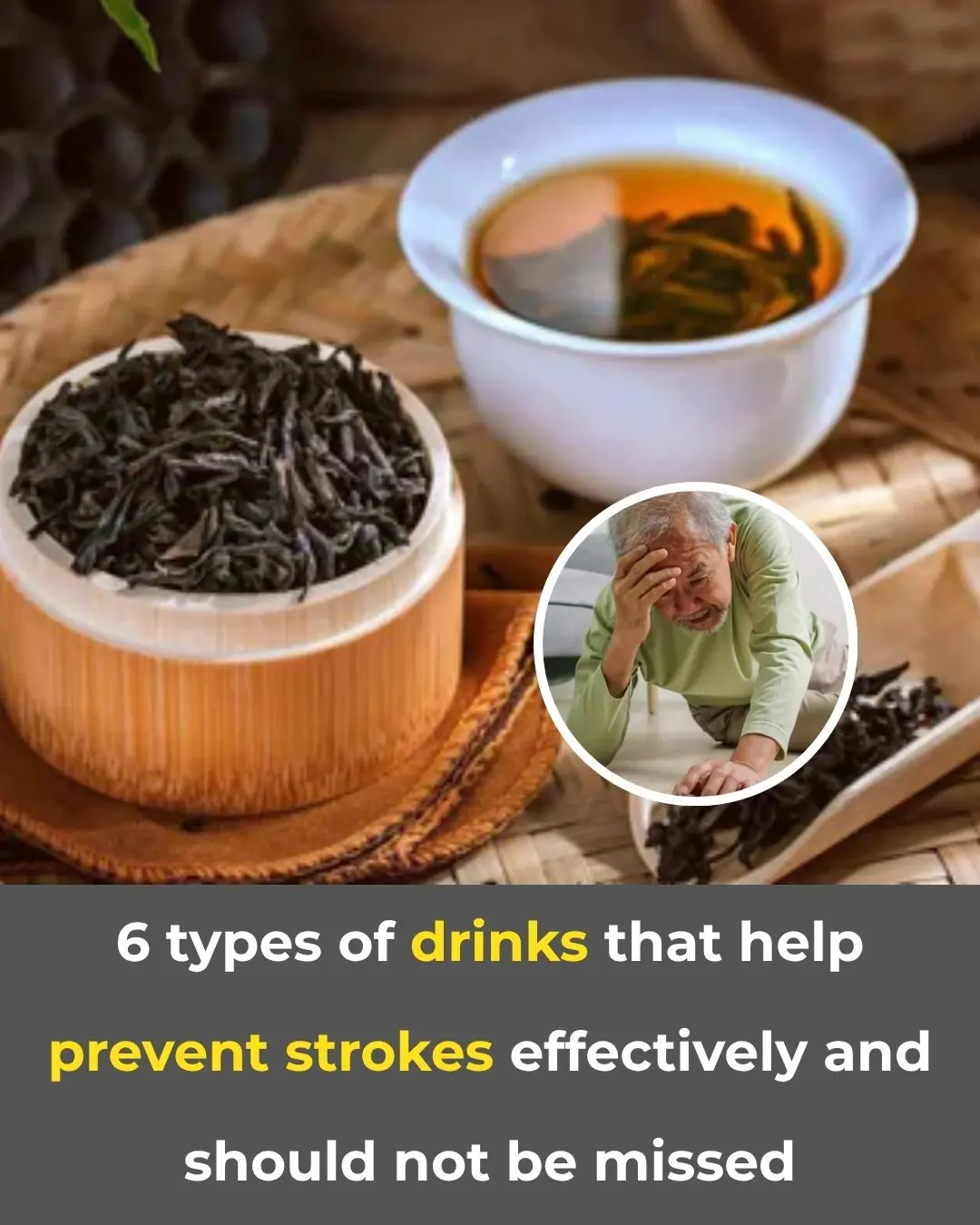
6 Effective Drinks to Help Prevent Stroke – Don’t Overlook These Choices
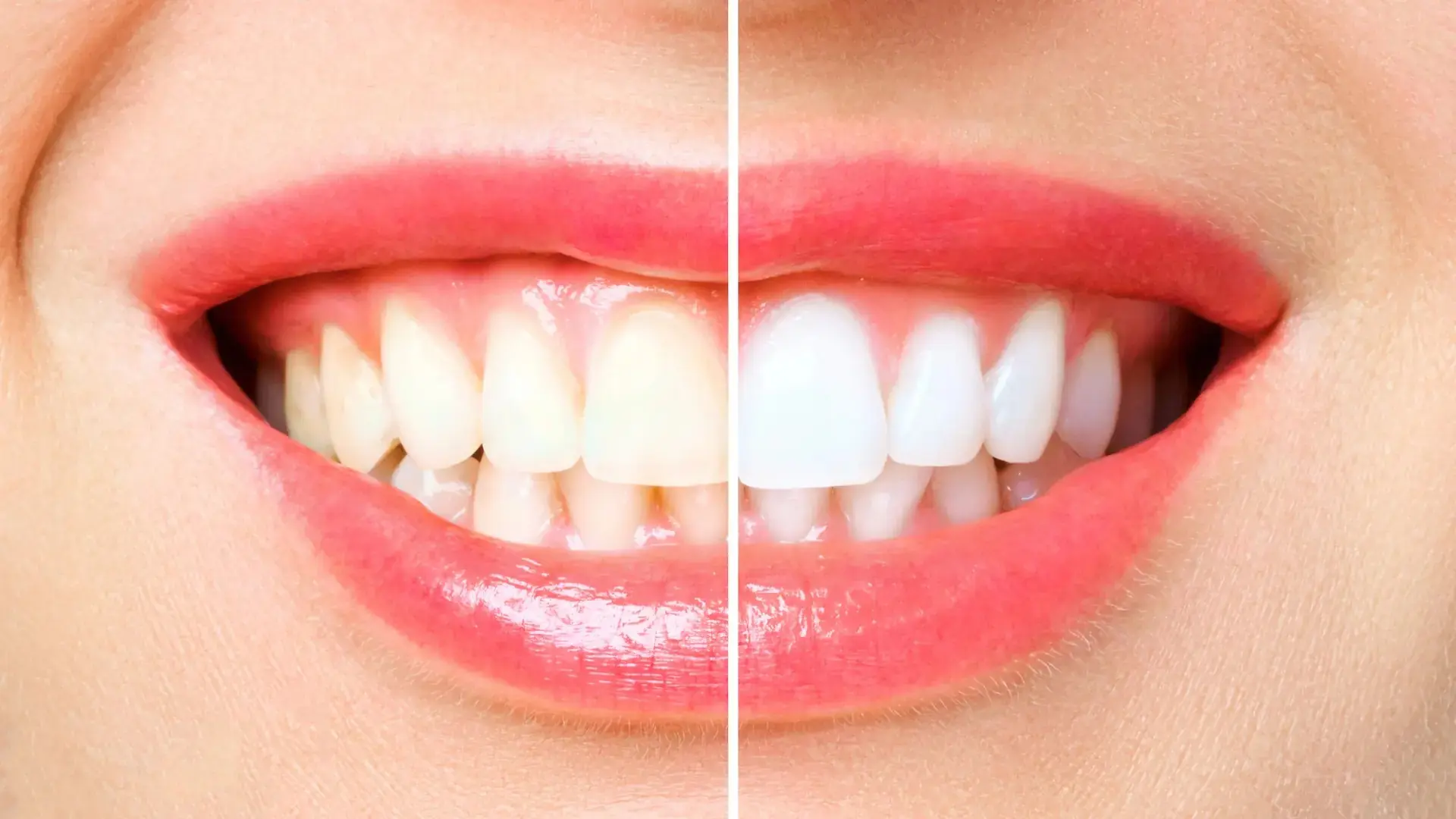
DENTISTS HATE HOW SIMPLE THIS TEETH WHITENING HACK IS
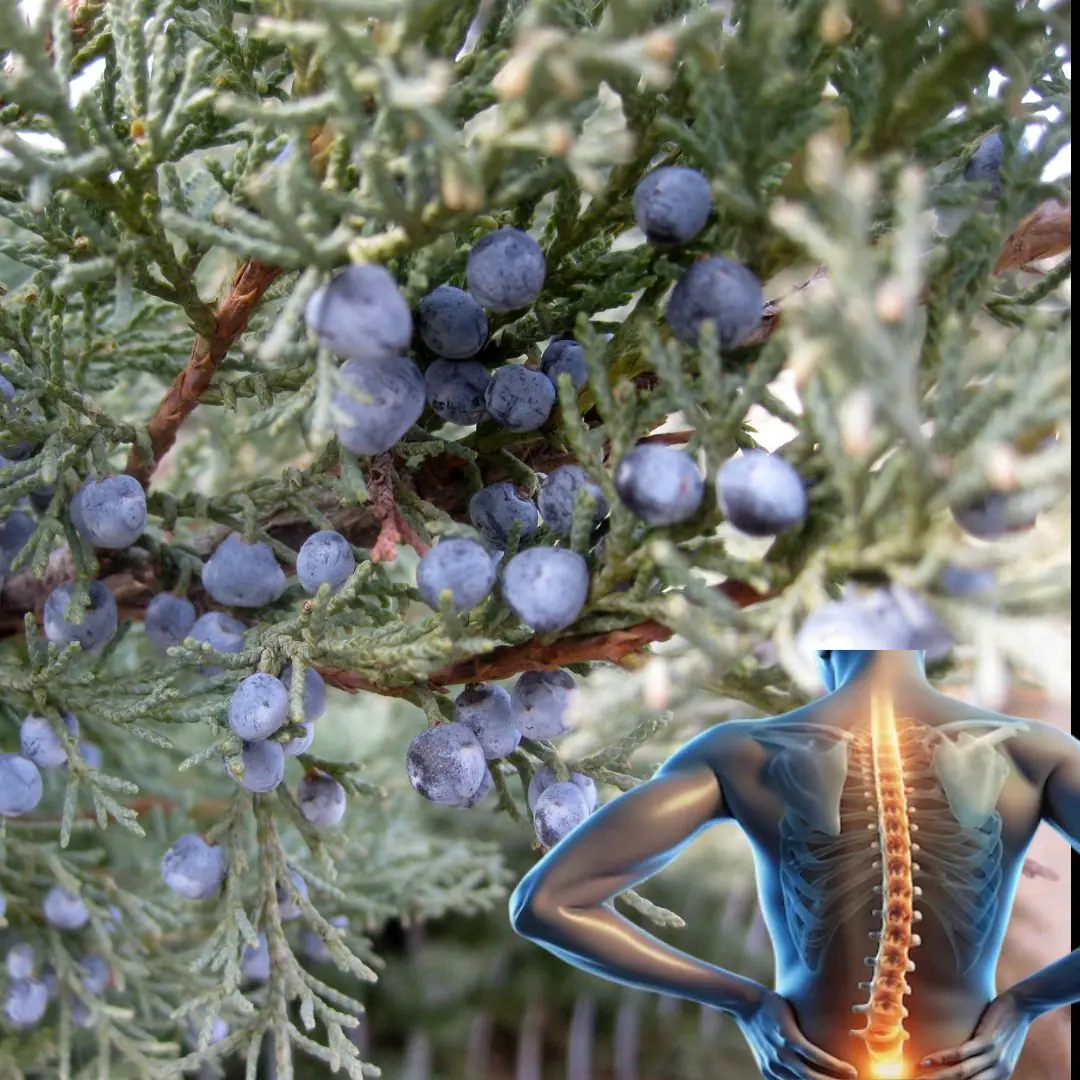
Juniper: A Comprehensive Guide to Its Benefits and Uses
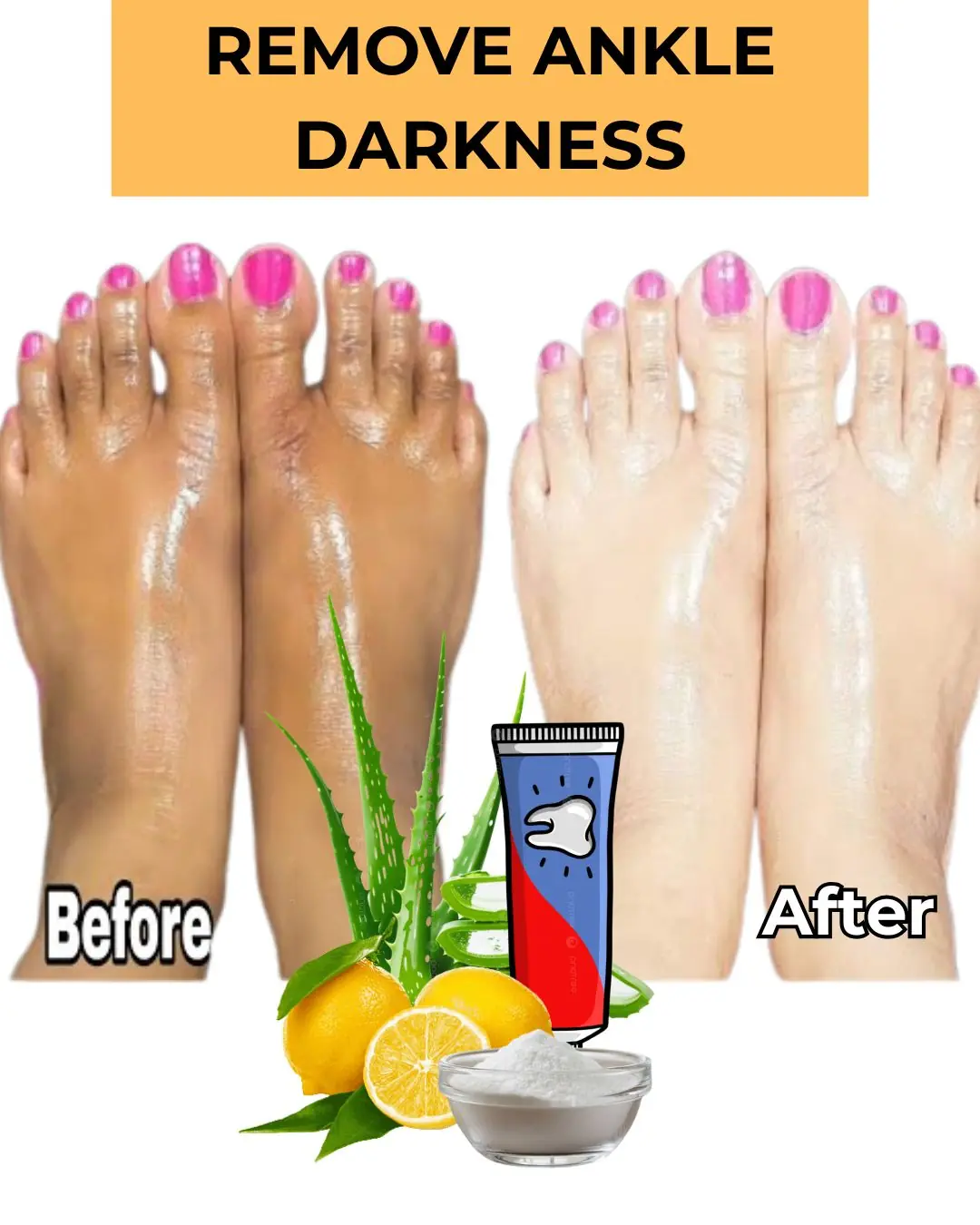
Unveil Colgate’s Secret for Silky-Smooth Feet
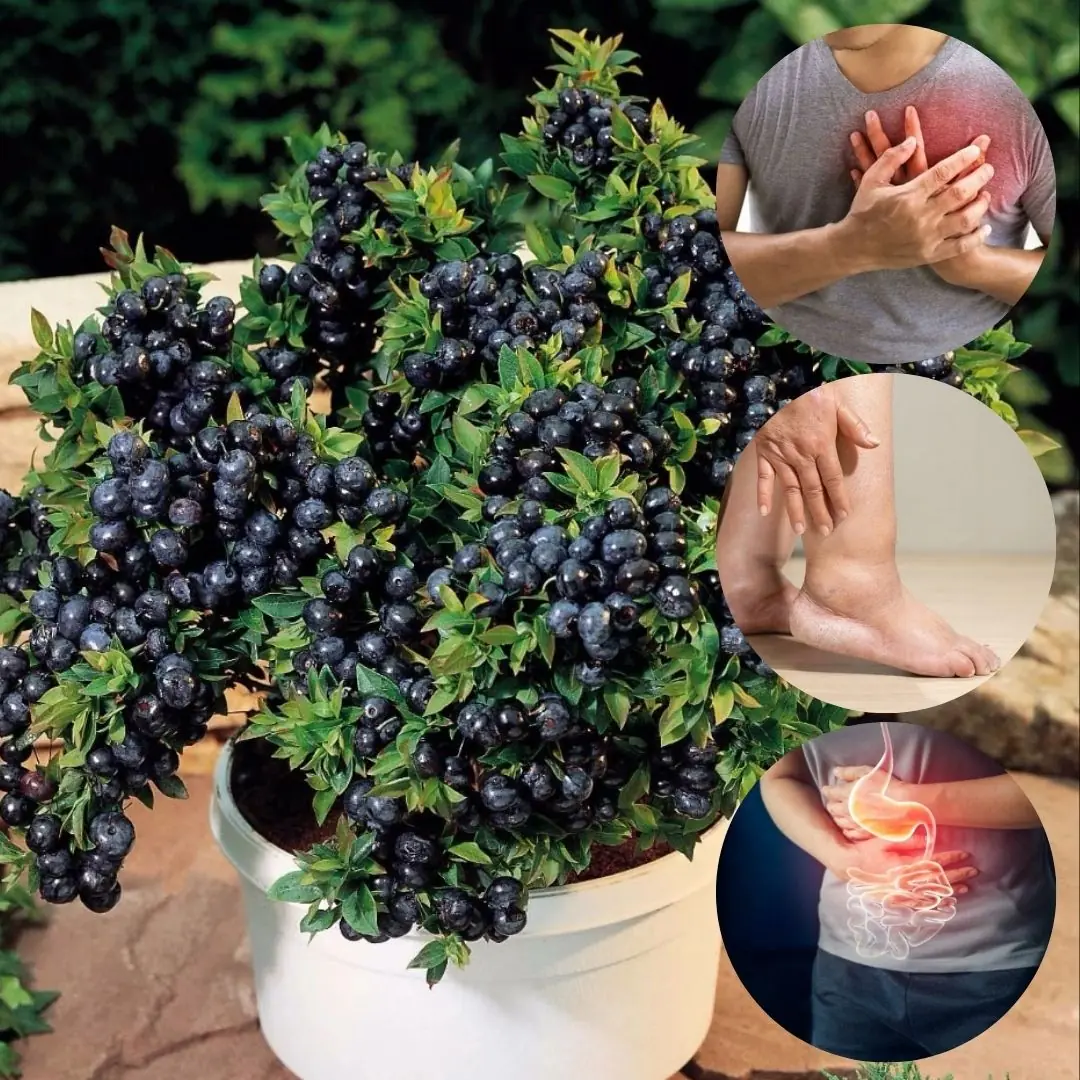
Evergreen Huckleberry (Vaccinium ovatum) – Benefits, Uses, and Growing Guide

Growing Concern Over Visceral Fat — Doctors Recommend 9 Foods to Help Burn It Naturally
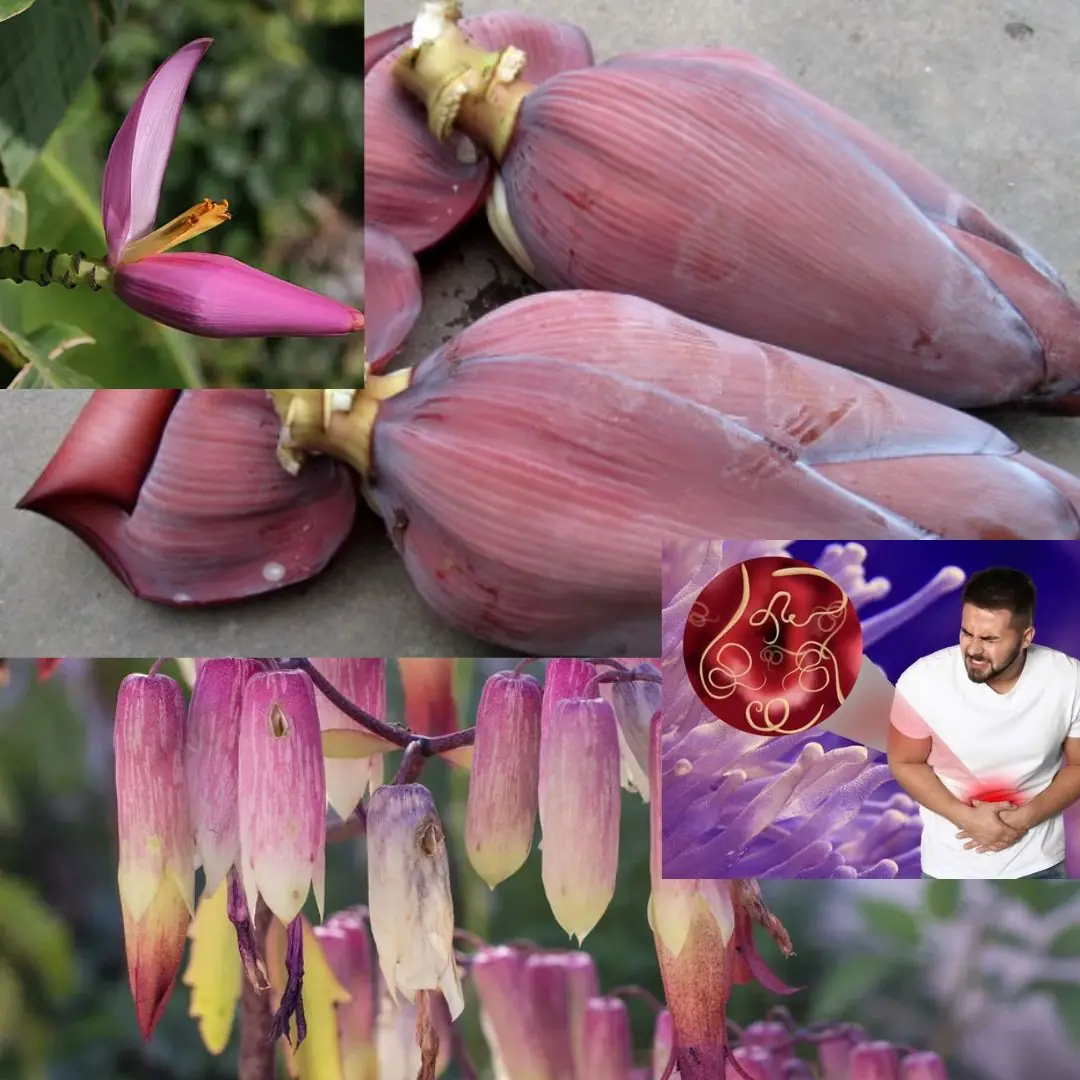
7 Amazing Health Benefits of Banana Blossoms
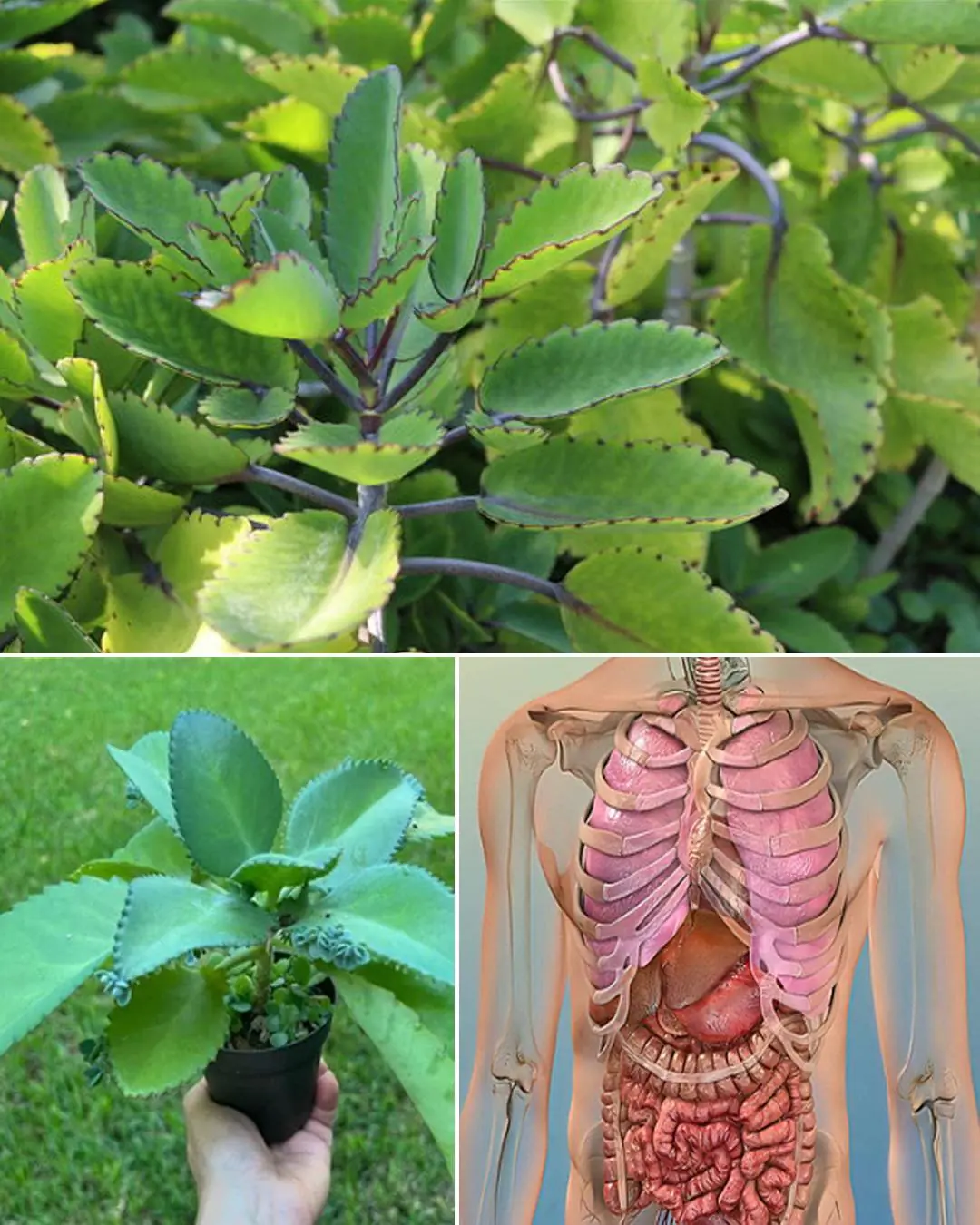
Bryophyllum Calycinum (Kalanchoe Pinnata): Benefits and Uses
